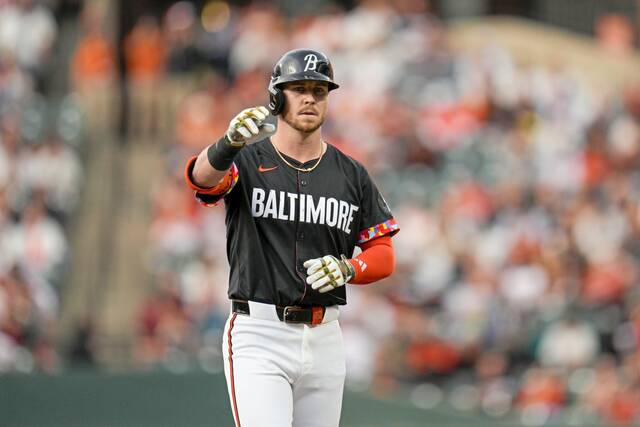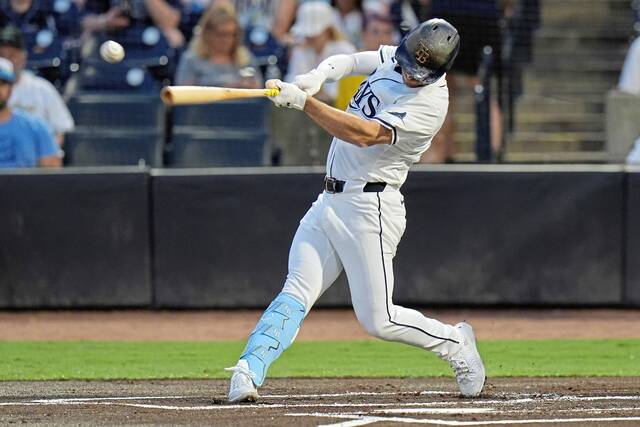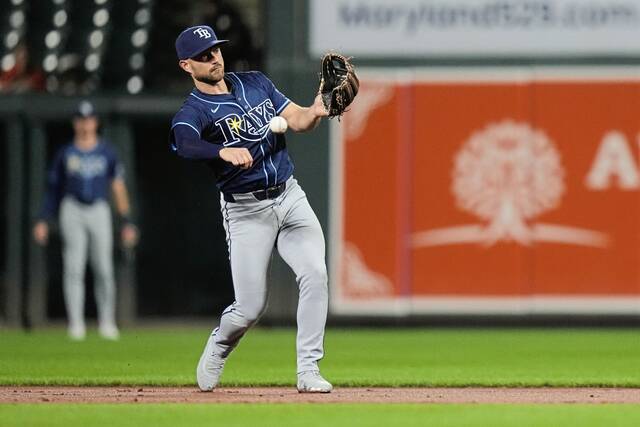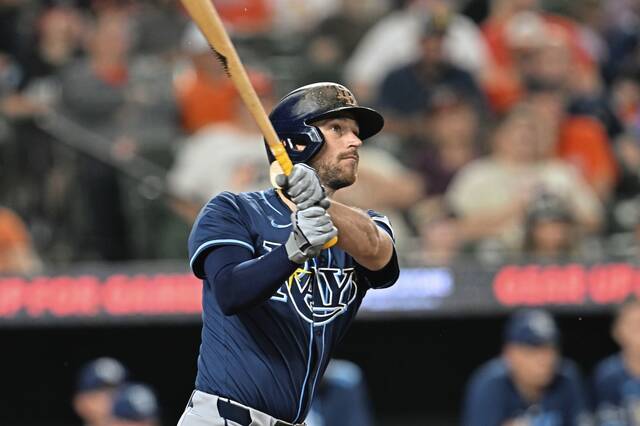One idea to help Major League Baseball get as many games as possible onto the schedule in 2020 is to play a lot of scheduled doubleheaders.
According to Toronto Blue Jays general manager Ross Atkins, via ESPN one of the ideas being floated around is playing those doubleheaders as seven-inning affairs.
Hey, it works with most men’s slow pitch softball leagues in the South Hills. Why not for Yankees-Red Sox, too, right?
To be fair, colleges and minor leagues often use seven-inning doubleheaders. So the concept isn’t entirely sophomoric.
But the debate comes down to two prongs for me.
1. What is the real goal of making the adjustment?
2. Are more doubleheaders at a seven-inning rate the smart thing to do?
The angles bleed into one another. But let’s try to tackle the first debate on its own to start.
On the surface, the goal would appear to be playing as close to a 162-game calendar in hopes of making the season as representative as possible.
Let’s be honest, though: As much as that may be true, that decision would also be based around money.
Assuming the doubleheaders are separate gates to best approximate an 81-game home slate per franchise — or two-for-one ticket specials of some sort — that’s more revenue. Even if they aren’t separate gates, it’s at least more TV and radio ad space and concessions in the park.
That’s fine. More than fine. The organizations are allowed to make money, aren’t they? Even with prorated contracts, players need to be paid and expenses need to be met.
But we should at least admit that’s what the goal is, more than bloviating about the importance of getting as close to 162 games as possible. So at what point do finances need to be sacrificed for the good of the game?
I won’t speak to the revenue end for every team, but after the 1994-95 labor stoppage was resolved, 144 was plenty as far as the calendar goes.
If MLB teams played almost every day between, say, July 1 and Oct. 15 as has been discussed, you could get to a reported goal of 100 games over 106 days without doubleheaders. That would be fair enough to determine worthy regular-season champions, too.
At least in my opinion. Then again, I’ve always been a proponent of shortening the season anyway.
This is where the first part of the argument bleeds into the second part, however. What is truly “more representative” of a “real” MLB season? Fewer regular-season games? Or more games at a seven-inning clip?
Advocates of the seven-inning idea will say that games are official after 5 1/2 innings played. So what’s the big deal? If a team is up 6-0 after seven innings, won’t they most likely be up at least 6-5 after nine?
Sure. But what if it is 3-2 after seven?
Traditionalists will also argue that baseball is nine innings, four balls, three strikes, three outs. And those numbers are more sacred than any arbitrary season-long game total ever will be since those things have been manipulated by labor stoppages multiple times over, anyway.
And why is — for instance — a divisional Pirates-Cubs nightcap game on a Saturday only “worth” seven innings, when the Sunday standalone game is nine? Yet both games count equally in the standings?
Does that have to be part of the analysis? Are all divisional games nine innings — and not doubleheaders — because they are more important? While nondivisional games are more likely to be seven-inning doubleheaders?
It may seem like a little detail now. It won’t feel that way in October.
Plus, call me skeptical of all managers being prone to over managing, but, truth be told, I just don’t believe they’ll take advantage of the shorter games to lessen the burden on bullpens.
Also, what’s going to end up being more taxing? An everyday star position player logging 14 innings in the August heat, then suiting up the day after travelling overnight? Or a middle reliever working to three batters an extra day or two per week?
Maybe that’s a thought. Scrap the three-batter idea for now. Expand rosters for bullpens. And keep the games at nine innings.
That’s how I lean. You can comment below.
Jeff Erickson of RotoWire and I wind down all these paths in Friday’s podcast. It’s our weekly fantasy sports discussion. This decision could have a major impact on fantasy baseball as well. Jeff and I discuss the seven-inning idea, fantasy baseball alternatives during the shutdown, and the NFL Draft.
LISTEN: Tim Benz, Jeff Erickson break down MLB season possibilities









